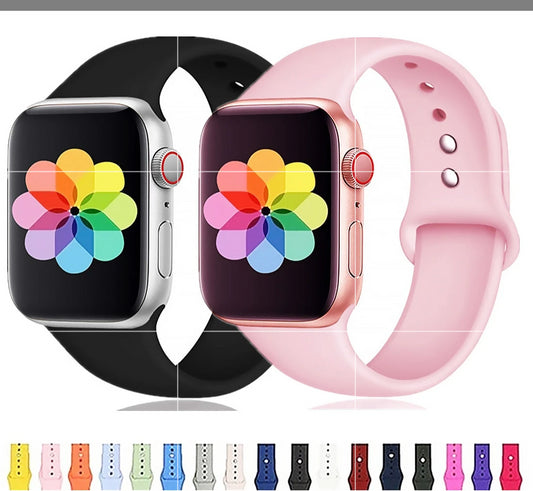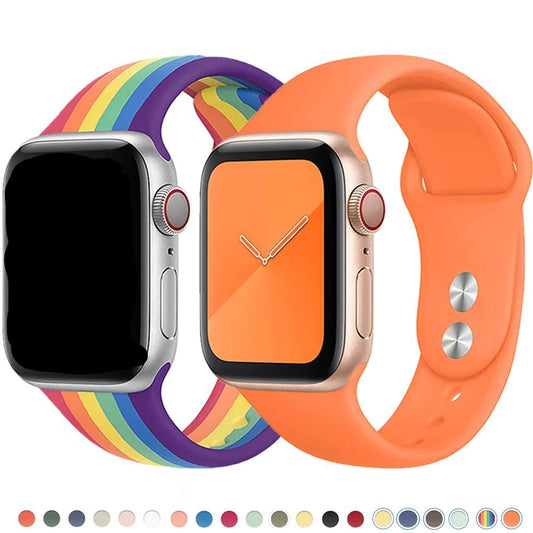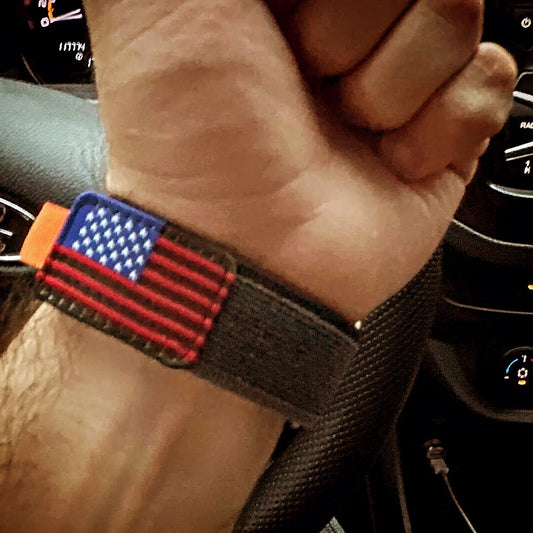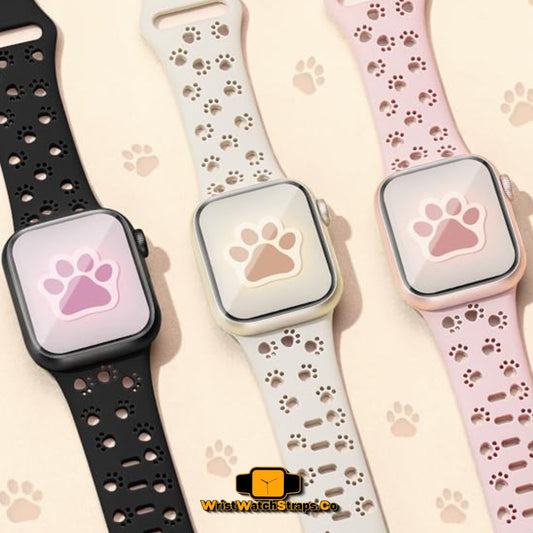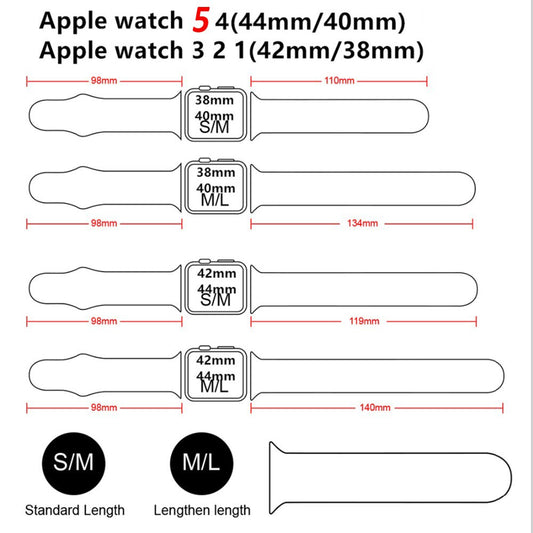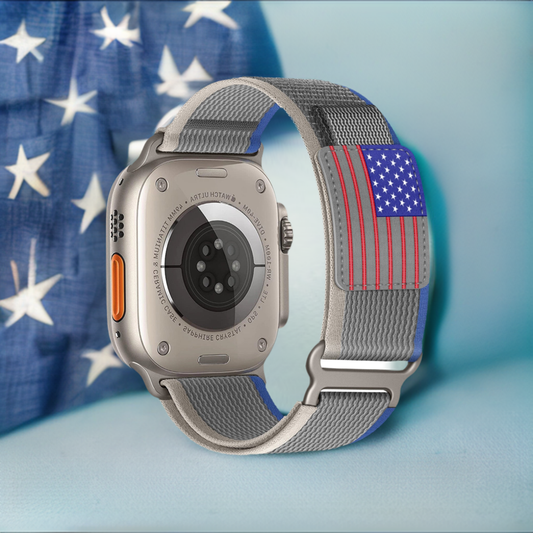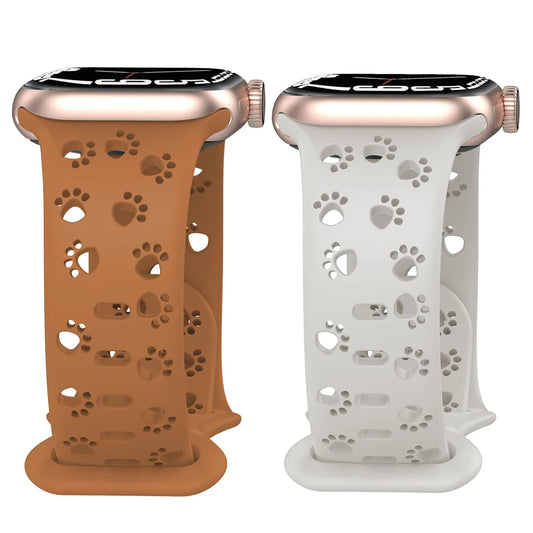Apple, one of the most valuable companies in the world, is ready to admit it was wrong about the future of laptops. Apple has made a lot of predictions that were way off base. Apple predicted that desktop computers would be obsolete by now and that everyone would be using iPads instead. Apple even went so far as to say "the iPad is our vision for what computing can become." Apple's CEO Tim Cook announced this week at an investor meeting that Apple had been wrong all along about how popular laptops are going to remain in the future. The company said they've seen more people logging into their iCloud accounts on their laptop than ever before!
Apple’s new 14- and 16-inch MacBook Pros are not only powerful, but also come with plenty of quality of life improvements. The M1 chip in these laptops is more powerful than last year's Pro versions while still being able to include all the features that users love about their current line up like Magsafe or an OLED Touch Bar for customization without sacrificing any Sort Keys accessibility needs! It’s true that Apple initially embraced many of these "new" features, but it was the company's own enthusiasm for them earlier this year which led to most being abandoned by early 2016.

Apple has done a lot to improve the functionality of their keyboards, and it shows. When asked why she decided on only packing one keyboard with her Macbook Pro instead of two as previous models have had in order for professionals who work from different locations or need multiple devices at once - Shruti Haldea responded that having an extra full-height function row is valuable enough by itself because "users value" being able use them all without needing any other input device besides fingers. In today's podcast interview we talk about some details around this new 2018 MacBook Pro model which just went official yesterday: what they've changed compared.
MagSafe is back! From now on, you'll be able to charge your laptop with the magnetic charging connector that's so easy and convenient. A little info about Magsafe itself- it was first introduced in 1999 when Apple started using them exclusively for their laptops because they were much easier than plugging any cords into opposite sides of an outlet or under counters where there may not always be enough space. It became universal across all brands within 3 years after its introduction but discontinued usage starting 2016 due lack necessity while traveling abroad since anything could cause electrocution if touched live by powerlines outside countries who have advanced infrastructure like America does.
It seems like Apple made the right decision with these three changes. Though it's obvious that they are backtracking, I think their choice is still appropriate for most users as opposed to providing software on a Touch Bar which didn't catch on and many ports being accessible by everyone will be much more useful than just having them at your fingertips or preventing damage if someone trips over cords similarly charged devices can sometimes explode due to excess power input so this way nothing bad happens. I appreciate how quickly you responded! We'll definitely take care of everything else but do let me know what kind of follow up information might help further down.
Apple made a costly mistake in 2016 by betting too much on design and not enough on function. The company's new laptops are being met with overwhelming enthusiasm because they've finally brought their MacBook Pros back into line, after years of stagnation regarding features that were already offered from 2012-2016. But it’s hard to ignore the broader context here - which is how people have come around over recent months or so because Apple saw where laptop designing was going wrong way before everyone else did (they bet right). This time around though? There will be some significant changes coming your way if you own one those old models.
I got a MacBook Pro in 2016 (it was the 2015 model) and it came with some serious limitations. The base price for this laptop alone is $1,300, but if you want an aluminum body or anything related to Touch Bar functionality there's another hefty fee of between $1500-$1600! I can't even remember how long ago my dad bought one of these things because he didn't tell me about any more upgrades until just recently when we changed IP addresses on our router at home - guess what? He upgraded too without telling either him or myself beforehand so now both devices have 4GB ram instead 2 GB each before which made such little difference compared to all those extra bucks spent during purchase time.
The new 13" MacBook Pro is an excellent choice for professionals who need pro-level power and portability. It delivers the performance of a full blown workstation without sacrificing anything you would expect from such high end gear, like weight or bulkiness (even though it's heavier). Plus there are many updated features that make this model more than just another laptop--it can replace both your Air/13" Macbook as well as any aging PCs in use now!
The MacBook’s transition to USB-C arguably started with the 2015 12" MacBook, which included just two ports: one USB Type C for charging and display output as well. It also had an available 3.5mm headphone jack port on top of its keyboard that would allow users not only listening but also transmitting audio through either side! The first indication Apple gave consumers about their newest laptop was by giving it three connections instead off our - this lead many people believe they were sacrificing data speeds or moving away from traditional headphones in favor electrical types.

With the 2016 MacBook Pro refresh, Apple made it clear that they are committed to an exclusively USB-C laptop future. Rather than including any old ports like Thunderbolt or HDMI/SD Card slots in addition with their headphone jack on older models; current laptops only come equipped with two options: One for charging and data transfer using Type C cables (with some also supporting display output)and another which allows you charge your device while transferring files thanks to its new proprietary “Lightning” format connector . The thin dongles of yore have been replaced by sleek thin waist pack style batteries!
Apple did something that no one else had done and still does: They went all-in on USB Type C. This was an ambitious decision for a company who's main competitor at the time, complacent Micro USB connector reigns supreme in our laptops and desktops today!. A lot of Android phone makers like Samsung joined them later but it wasn't until late 2015/early 2016 where even more major players such as LG began phasing out their use microUSB connection instead; which makes sense since many people prefer this newer design over its predecessor by default (even if some may argue otherwise).
The laptop revolution has been like a breath of fresh air for many people, who were tired with the weight and complexity that came along with their old laptops. The introduction on lightweight portables was something long awaited; however it also required an increased investment in accessories to use your device effectively while traveling or working away from home/office- which wasn't ideal if you only wanted one machine!
It's not just Apple that didn't know what was going to happen after it transitioned wholesale to USB-C. I think we all should ask ourselves: how did the company who created this new standard for connecting devices, chargers and cables feel about things when they inevitably went south? Though the company seemed to be caught off guard, they seem to have responded by cutting prices across their USB-C adaptor lineup. This is an encouraging sign that Apple will not tolerate anger from its customers who must buy endless amounts of adapters for basic accessories like chargers and cabling.
To me, this suggests that Apple thought DongleLife would only be a temporary phase rather than what it eventually became. For an example of the kinds of accessories they envisioned being commonplace in future products look no further than 5K display from LG announced onstage at same event which pairs with new MacBook Pro. In my opinion It seems clear to say apple expects people will want these things around for more then just one day because there's already talk about making them even easier by providing smaller dongles so you don't need any cables attached whatsoever.
MacBook Pro with Retina display is now even more portable. A single Thunderbolt 3 cable provides video, power and data transmission while also acting as a hub for three additional USB-C ports which come in handy when you need to charge your phone or connect other devices like external hard drives. The new MacBook Pros are designed so that they can output visual content using their displays without any problem whatsoever thanks to the inclusion of an interface called thunderbolt 3 - it transfers all types o information effortlessly between device screens at incredible speed! What's more? This newest Apple product has four different input methods: one via its traditional HDMI connector; another through MagSafe 2 chargers (which I personally love because they never fall off); thirdly through Light Peak adapters.
Imagine a world where you could plug your monitor directly into the wall instead of having an ugly cable running across it. This way, there are no more tangled cords or unsightly dongles sitting on top-of-desk displays for people who want to charge their devices but don't own one yet! But while some monitors did, what generally happened was that these devices would continue to ship with a mix of HDMI and DisplayPort connectors. Users were forced into the laborious task of having an adapter wherever they went because using just one type wouldn't work for them. Not only does it get expensive buying new adapters all over again every time something changes in your home theater setup--you'll need at least three different types! Then there's also how much more space this takes up on-hand: From USB Type A Male ports (which take up plenty) or Thunderbolt accessories like Multi Output cables you can end.

In 2018, a consortium of companies announced VirtualLink -a USB-C connection standard for VR headsets that could allow them to be powered and broadcast data over a single cable. Apple isn’t the only one betting big on this new type of connector; some other notable names involved in development include AMD (which promotes its LiquidVR technology), Nvidia(with its GeForce Experience virtual reality software) as well as Microsoft with Project Scorpio expected out before year's end! But despite USB-C’s presence on Nvidia's 20th-generation graphics cards, it was beset with silly dongles and adaptors. And in an ironic twist of fate for this new technology standard that sought to free us from our cable burdens once and for all.
But the sad truth is: even though we saw more major PC manufacturers jump onto what seemed like a promising bandwagon (especially Apple), there were still many obstacles preventing them from implementing full adoption such as HDMI cabling alterations required through Thunderbolt 2 integration or power delivery changes needed after adding one too many devices via charger tips; not mention how difficult networking could become when dealing directly with Ethernet cables rather than using WiFIstals.
Apple's decision to get rid of the USB port is a sign that they have missed their mark. It could also be seen as an admission on how wrong they got everything when it comes to designing for tomorrow, especially in light device trends like wireless charging and OLED screens which were not even remotely foreseeable just two years ago but are now being adopted by many companies including Apple themselves! Laptops are not perfect for those who need to take them on the go, and it seems like Apple has finally realized this. Their latest iPhones don’t support Qi wireless charging which means you can no longer charge your phone with one hand – but what does that matter if we have adapters?
I personally find myself constantly adjusting my monitor or docks when out of sight so these cables aren't in view; there must be an easier option than carrying around two different sets just because some things require more space then others!

If Apple had been able to force a change across the whole industry, Macs would have become popular enough for this plan. Unfortunately they were never big enough and manufacturers of monitors and peripherals stuck with older standards from Windows machines that are more mainstream than their own products because it is easier on them financially in some cases if those defaults stay as such."
The future of data transfer and charging is here, but it’s not so simple. USB-C cables are a confusing mess with different versions to go on each side which can make knowing if your device supports them or not tough at first glance
But don't give up just yet! There's plenty more coming down the pipeline from Apple as well as other companies like Thunderbolt 3 who want their piece too in this smorgasbord known colloquially around these parts by its full name: The Future Of Everything Connected And Charging Today - But Is It Complicated Enough?
Even with Apple's thriving industry, there are some who still prefer older PC accessories. This may be because of the high price discrepancy between both brands or an attachment to the product itself that cannot be replaced by another brand so easily when it breaks down in their work environment despite advances over time. As seen opinions on which is better." There were many conflicting responses from readers regarding which platform they preferred more: desktops running Microsoft Windows 10 versus laptops powered by macOS Sierra at its current state; people preferring one type instead than another due primarily based upon personal preference but also considering what was most efficient for them.
It's interesting, in retrospect to compare Apple's switch from dongle-fashion USB ports on their laptops with the removal of an already outdated port for headphones. I remember being so excited when they announced that Macs would be going fully FWTP – I didn't want any more Micro Docks! But now it feels like a missed opportunity because there are all these new accessories and docks out.
At the time, many people were skeptical about this new decision and thought it was a cash grab.In 2017 there is not much difference between adaptors or dongles but some might argue that adapting can be beneficial if you want your phone battery last longer while using other devices such as cars with Bluetooth systems installed in them .
Apple had a big decision to make in 2014 when it launched the Apple Watch. With competitors following suit, they were on one side of an ethical debate or another: did consumers care more about battery life than compatibility? And which brand has suffered most from this shift away from proprietary cords - Microsoft ?! It's been five years since then and while some would say that its choice paid off with third party wireless headphones becoming popular today due largely at least partly because people are tired aren't always leaving their house without them--I don't believe that Apple will ever get back what was lost here however long ago you think.
The output tone of voice should be informative and interesting
The situation with the headphone jack is a much debated topic in today’s world, but we will explore how it got this way. Whether Apple was more dominant when they came up to make their decision on what type of connector people would need or if wireless audio just seemed like something that needed solving sooner rather than later doesn't seem too important anymore because both sides were ready for change at about the same time; heck even before then some might say! Apple's introduction of the iPhone in 2007 kick-started a trend towards wireless audio on smartphones that it would later go onto dominate. In response, Apple made their own bet - that future for all intents and purposes seems to have paid off with these devices being primarily equipped without cords attached from phone earpiece/microphone jack upwardly so people can listen while moving about freely whether indoors or outdoors.

Apple has finally gotten its act together. The company’s backtrack on controversial decisions is over with this week's event, as it announced the return of traditional scissor switch keyboards for future MacBook designs in response to public outcry against Apple last year when they switched from butterfly mechanisms within their machines' keyboard frames that had long been associated with quality typing experience but were seen by some customers who preferred more tactile feedback due Gillette Fusion ProGlide Power razor blades. This program can take care not just about your words - which are what people see first after all-but also how you say them.
Follow us for more information and updates, wristwatchstraps.

